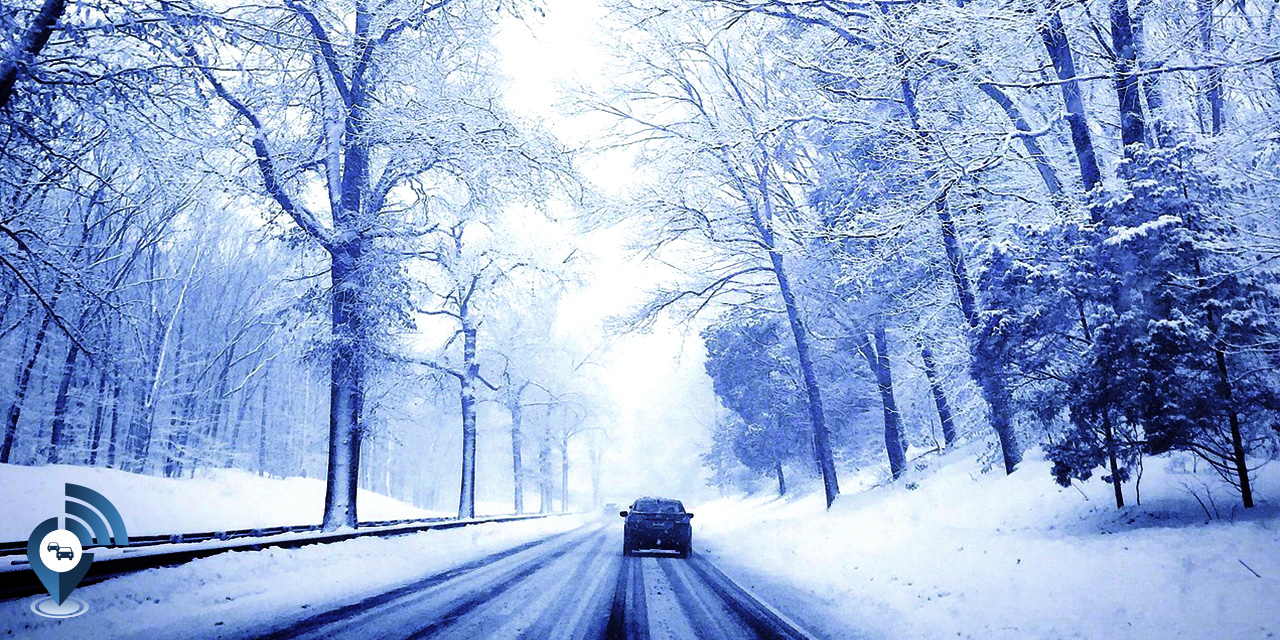Check this 10 tips and increase your drivers safety during winter driving.
Tip 1. Get the right kind of oil change.
If you’re approaching the time for your next recommended oil change, go ahead and schedule your appointment even if your car is slightly shy of the recommended mileage or time interval to be sure you’re using oil with the right viscosity (thickness) for cold weather. Oil will thicken as it gets colder, and if it’s too thick it won’t do the best job keeping your engine lubricated. Check your owner’s manual for guidance about which oil to use in different climates and temperatures.
Tip 2. Improve your visibility.
Windshield wipers should be replaced each year. And be sure to keep the wiper fluid reservoir full with wiper fluid that is rated to perform in cold temperatures. Plain water won’t do the trick because it will freeze on your windshield this time of year. You should also check to see that both your windshield and rear window defrosters are working properly so you can maintain clear visibility.
Tip 3. Have your battery checked.
Dead batteries are the number one cause of motorists becoming stranded in the winter months. Have your service shop inspect the battery to be sure it holds a charge and that the posts and connections are free of corrosion.
Tip 4. Consider snow tires.
Well, if you’re fortunate enough to live in a sunbelt state, you can skip this. But for most of those who deal with driving in snowy and icy conditions, installing snow tires for the winter months is a smart choice. Albeit one that requires an added cost. Another option is to install all-season tires, which unlike snow tires, can be driven on year-round.
Tip 5. Check your tire pressure.
Improper tire inflation will cause poor handling and can jeopardize your safety. So be sure to have your tire pressure checked once per month. Tires can lose 1 pound per square inch for every 10 degree drop in temperature, and with the sharp drop in temperatures most cars on the road probably have under-inflated tires right now. Your owner’s manual will specify the proper tire pressure for your vehicle.
Tip 6. Check your antifreeze mixture.
For cold weather driving, the idea mixture is a 50/50 mix of antifreeze and water inside your radiator. You can request to have this checked during a regular service visit or you can check this yourself with an inexpensive antifreeze tester. This you can find at your local auto parts store.
Tip 7. Inspect your belts and hoses.
No matter where you live, both hot and cold weather cause lots of wear and tear on belts and hoses, and they often go overlooked which is another common cause of becoming stranded on the roadside. When you bring your car in for service, be sure to specifically ask to have them inspected.
Tip 8. Four-wheel drive vehicles.
If you have this feature, it’s important to be sure your vehicle’s four-wheel drive system is working properly before you actually need to use it. Test it out by engaging and disengaging the system a few times. And if it’s not working smoothly, have your service shop do a thorough inspection. Also be sure all drivers of the vehicle know how to properly engage the system, and under what conditions four-wheel drive should be used.
Tip 9. Prepare an Emergency Kit.
If your’re planning to travel during the holidays to be with friends and family, be sure to take time and put together some important accessories in your trunk. All of the following can be quite handy when needed: Jumper Cables, First-aid Kit, Flares, Blanket, Tire Changing Equipment, Extra set of clothes, Flashlight Boots, gloves, hat, Ice Scraper, Paper Towels, Spare windshield wipers, Bag of sand or salt, Took Kit, Small Shovel, Bottled Water and Non-perishable food.
Tip 10. Have an Emergency Plan.
When you’re preparing for a road trip, always expect the best and prepare for the worst! Always fill your fuel tank when it reaches half-full and keep your cell phone fully charged with a car charger. Whatever happens the first rule is don’t panic. If your car is a safe distance from traffic don’t leave your vehicle. Use your cell phone to report your emergency and location. If help is not close by, rely on your Emergency Kit as needed. And don’t wander away from your car unless you’re completely sure where you are and how far away help is. If you have enough fuel, you can run the engine and heater for about 10 minutes for each hour that you’re waiting for help.


